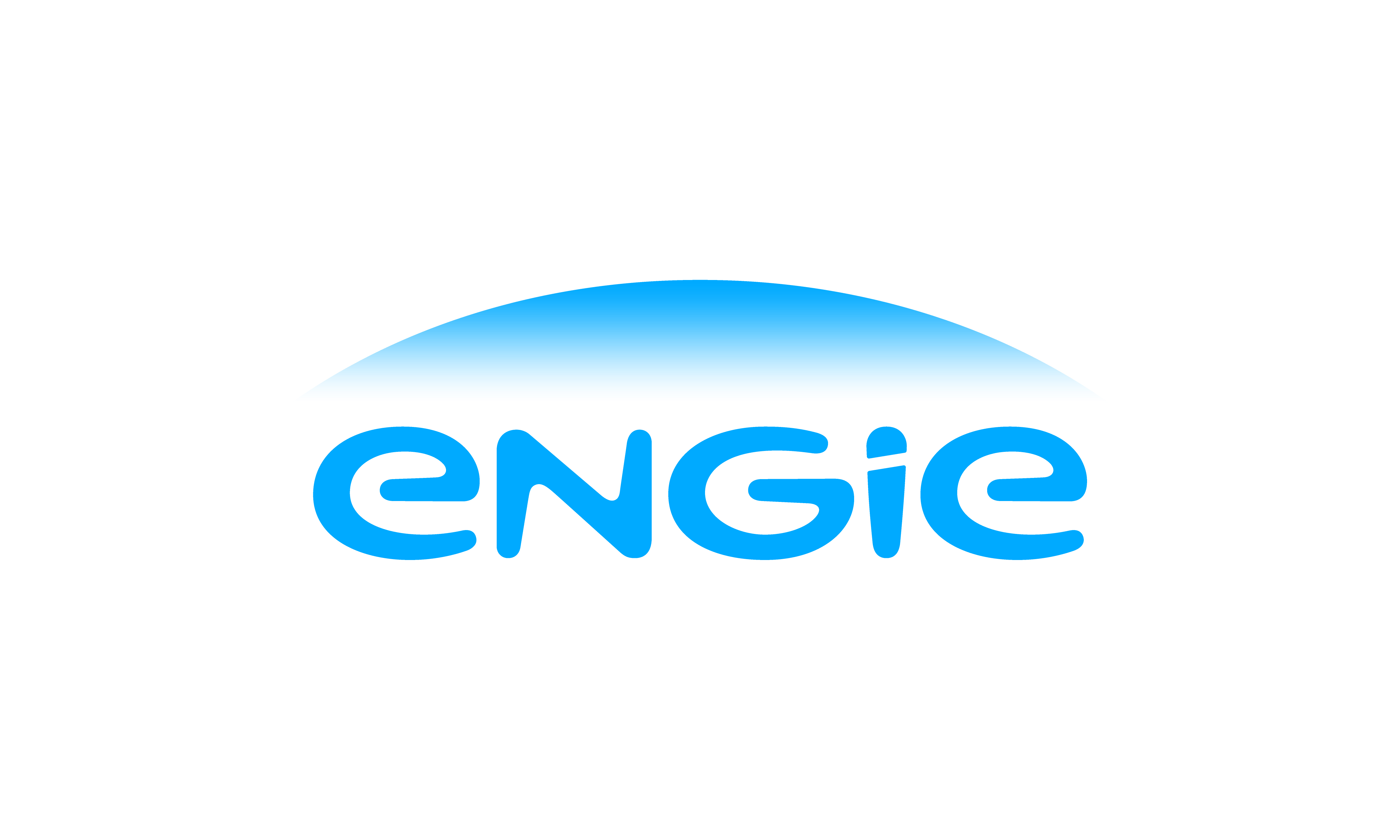When Energy Storage Joins the Blockchain the Entire Energy Community Benefits
When energy storage joins the blockchain, the entire energy community benefits …
Answering the call for increasing energy self-reliance, a grassroots electricity-sharing model is emerging. “Community microgrids,” comprising community-owned or subscribed solar PV and other renewable energy sources, offer participants and surrounding consumers the security of energy resilience in times of grid failure and protection from energy price increases driven by volatile energy markets. They also give energy producers/consumers (aka “prosumers”) more control over the renewable energy they generate.
One of the most intriguing of such projects in the U.S. is LO3’s Brooklyn Microgrid (BMG), where residents with rooftop solar PV sell their excess energy to their neighbors, instead of relying on net metering to sell it back to their utility, ConEdison. Although the law prohibits energy consumers from selling energy to one another, BMG members are able to execute these peer-to-peer energy transactions using credits in a blockchain ledger. Every BMG prosumer connects to the microgrid through a dual-purpose meter called a TransActive Grid Element (TAG-e). The TAG-e both measures the participant’s energy production and consumption and communicates with other TAG-e devices to record transactions in the blockchain.
To read the entire blog post from Green Charge CFO Tim Larrison click here.



